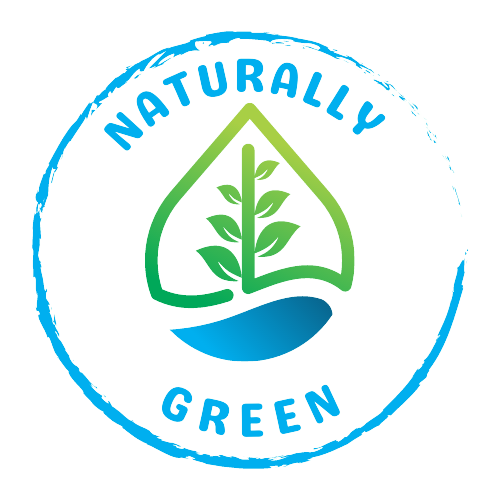Gardening Glossary
Looking for a glossary of gardening and landscape terms? Here ya go! We know there is a ton of words thrown around in discussions of environmental health and gardening. Some of them are straightforward and common, but some are really confusing. Familiarizing yourself with phrases and terms will help you more easily navigate the nursery when you’re shopping for plants this year!
This list is an alphabetic glossary of terms related to gardening and sustainable landscaping. We’ve gathered these together as a resource to help you better understand the words you’ll encounter in your journey of sustainable landscaping and environmental stewardship.
A
Aerate (Aeration) – The process of loosening soil to allow air to make better contact with more surface area in the soil.
Acidic – When a soil, compost, or liquid has a pH between 0 and 7.0.
Annuals – Plant varieties that have a lifespan of less than one year. Annuals require planting each year.
B
Biennials – Refers to both vegetables and flowering plants that have a two-year life cycle. Typically the first year is a leaf growth and the following year the flowers blossom.
Biodegradable – The ability for a material to breakdown (or decompose) via natural actions.
C
Chlorosis – When a lack of chlorophyll or nutrient deficiencies cause a yellowing in leaves. Chlorosis can also be caused by plant diseases.
Crop – A plant that is grown for the purposes of harvesting. (Example: flowers for cutting or vegetables.)
D
Deadheading – The process of cutting the flowers from a plant that are beyond their peak life span. Deadheading allows the plant to put energy toward new flowers within the same season.
E
Ecology – The study of how organisms interact with one another and their physical surroundings.
Exotic Species – A plant or animal/insect that is living in a habitat where they could not have naturally relocated without human intervention.
F
Finger Lakes – The region of Upstate New York including and immediately surrounding the eleven Finger Lakes. The set of lakes includes Conesus, Hemlock, Canadice, Honeoye, Canandaigua, Keuka, Seneca, Cayuga, Owasco, Skaneateles, and Otisco. The name Finger Lakes was coined by Thomas Chamberlin, a Geology professor at the University of Chicago in an article from 1883.
Frost Date – The expected last frost date for your region.
G
Germinate – When a seed has begun to sprout and grow.
H
Hemlock Woolly Adelgid (HWA) – Invasive insect from Japan that feeds off the sap of eastern hemlocks. More on the HWA here.
I
Invasive Species – An invasive species is an exotic plant or animal/insect that has spread in population to the point of nuisance or harm.
J
Joint – A junction point between the stem and the leaf or leaf stalk. Joints are also sometimes referred to as nodes.
K
Keel – This refers the inner part of seed and basically anything located inside the seed’s coat.
L
Lawn – This is the manicured space where grass is planted. It is often a monoculture space using a single type of grass best suited for that zone.
M
N
Native Species – A plant or animal/insect living in a habitat that it is found to occur naturally and without human intervention.
O
P
Pollinator – A vehicle for delivering pollen from the stamen (male part of the flower) to a stigma (female part of a flower) on another plant. This can be achieved unintentionally by wind, or intentionally like with a bee.
Q
R
S
Sustainable (Sustainability) – There isn’t a perfectly agreed upon definition for sustainability. In general terms, it means that something is in a state that can be maintained or upheld. In terms of environmental discussions, it usually means that what our current generation is doing is that something that won’t harm our environment in a way that future generations will be negatively impacted.
T
U
Untreated Seed – A seed that has not been given any human intervention type treatments such as an anti-fungal coating.
V
W
X
Xeriscape – This is a type of landscaping that chooses a design using drought resistant plants for low-moisture areas.
Y
Yard (casual use) – The general area immediately around your home.
Yard (measurement) – A yard is also a unit of measurement used for purchasing bulk items like soil and mulch. Its typically 3 feet wide, 3 feet tall and 3 feet long totaling 27 cubic feet of product.
Z
Zone – Zones are referred to by their number and an accompanying letter. The system was developed by the United States Department of Agriculture. Their Plant Hardiness Zone Map identifies regions in the U.S. where certain plants are believed to thrive in a particular location. Each zone is based on the average annual minimum winter temperature. The Finger Lakes area is comprised of three different zones.
